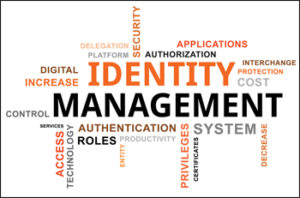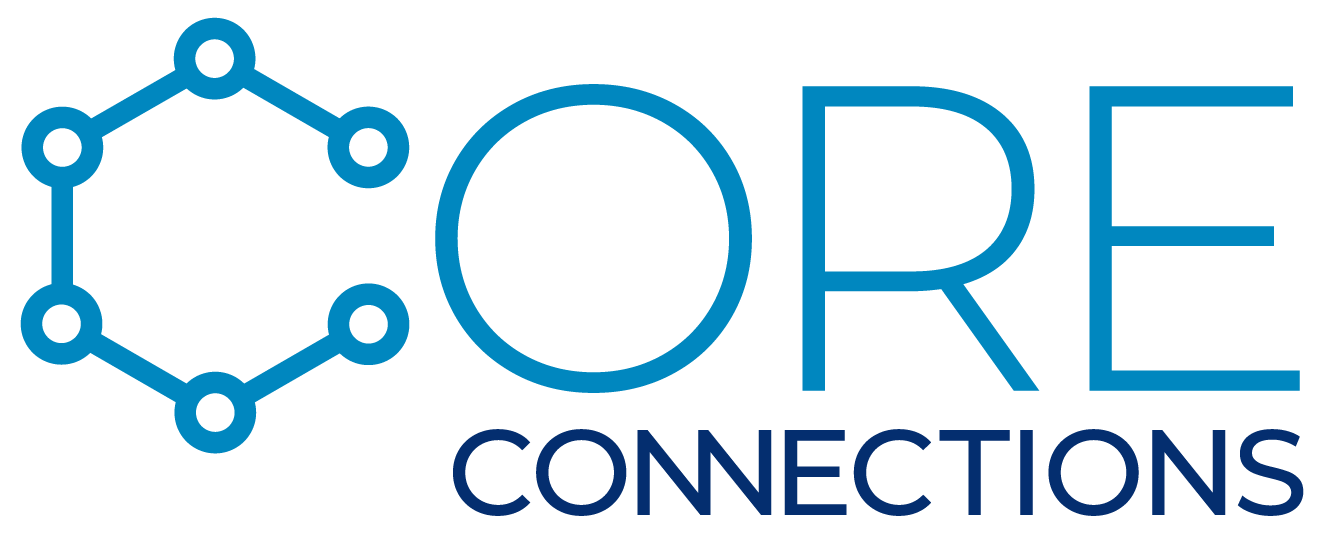 When you forget a password to an online account, an identity and access management (IAM) system ensure that you are who you say you are and not a random person attempting to access your data. We rely on IAM solutions every day to protect our personal data and accounts. Similar precautions should be applied to your business as well. There are a number of IAM solutions available to help keep your company operating efficiently and your data secure.
When you forget a password to an online account, an identity and access management (IAM) system ensure that you are who you say you are and not a random person attempting to access your data. We rely on IAM solutions every day to protect our personal data and accounts. Similar precautions should be applied to your business as well. There are a number of IAM solutions available to help keep your company operating efficiently and your data secure.
What is IAM?
IAM systems define, store, and manage user identities and access privileges. With the increasing prevalence of cloud-based systems that allow employees to access company resources remotely, IAM systems play a critical role in extending security measures beyond the physical IT infrastructure of your company and ensuring that the only parties accessing your company’s resources are ones with permission to do so. The same features used to manage employee network access can also be extended to customers.
IAM allows you to customize access permissions based on individual users. You can provide certain individuals with access to resources while restricting others’ access when necessary. For example, junior members of your team may receive more limited access than senior members, or individuals may be able to only access resources relevant to their specific departments. User permissions are managed by network administrators, who can change users’ permissions, track usage and activity, and generate reports. IAM systems create a more centralized process for managing users that can be easily applied across the entire company.
What does IAM provide?
IAM systems provide critical security to your organization that helps enforce compliance with organizational policies and government regulations for protecting data. The additional layer of security protects you from external threats such as hacking, malware, and ransomware while also improving internal security through user access provisions and restrictions. IAM also improves productivity by limiting issues related to user access that used to require support from the IT team.
What are some common IAM solutions?
There are numerous options for improving your company’s security measures through IAM solutions. Below are just a few of these options:
- Biometric Authentication: As the name suggests, biometric authentication uses body measurements—such as fingerprints and facial recognition—to verify users and provide network access.
- Enterprise Mobility Management (EMM): Many employees use personal devices for business purposes. EMM adds additional security measures to mobile devices that access company data.
- Single Sign-on (SSO): Rather than having to remember separate usernames and passwords for different apps, SSO provides access to multiple apps and features with one log-in.
- Multi-factor Authentication (MFA): In some instances, a simple username and password no longer provide an adequate level of security. MFA adds additional steps to the authentication process for extra security. In addition to a password, MFA might require you to enter a separate code, provide biometric authentication, or some other additional step to further verify identity.
- Risk-based Authentication (RBA): RBA solutions apply a risk score to users based on various factors, such as geographic location, network security, or IP addresses. For example, if an employee tries to sign-in through an unsecured network, they may be required to provide additional authentication. Low-risk users can retain single factor authentication while high-risk users will require multi-factor authentication, providing added security when and where it’s needed.
- Federated Identity Management: If you have trusted partners with which you frequently collaborate, federated identity management lets your partners use their typical identification credentials to access your network and vice-versa.
Who provides IAM Solutions?
There are a number of vendors that provide IAM solutions. eSecurity Planet provides a useful summary of some of the top IAM vendors and products, and there are numerous others not included on their list. Do your research to find the option that works best for your business.
